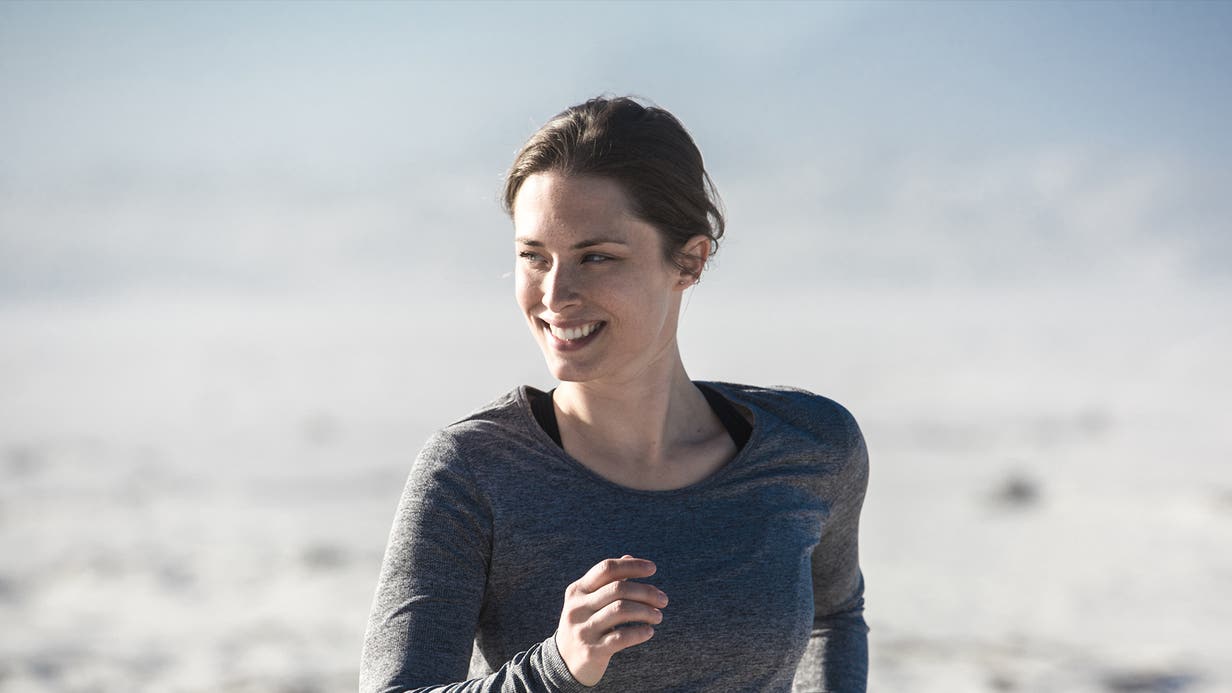It’s pretty obvious that a 70 year old body can’t do the same things as a 17 year old one can. As time passes, we grow older and our body changes. Read on to find out what these changes are, how they naturally impact your athletic performance and what can be done to counteract them.
The Life of the Human Body
During childhood, the human body grows and develops quickly. Then, as we enter our teenage years, hormones such as testosterone and estrogen cause the body composition and proportions to change and the body acquires its final shape and size.
The period between 15 and 30 years of age is when the human body can reach its highest performance level – with systematic training of course. When we reach 30, however, things slowly begin to change: Not straight away, but gradually over time the bones begin to lose calcium and other minerals which results in a lower bone density. The skeleton becomes less resistant and the body becomes more prone to fractures and other injuries.
At the same time muscles retain less and less electrolytes, calcium and water. As a result of this, the muscle mass slowly starts to decrease and with this, the overall strength of the body.
The elasticity of the joints and ligaments also decreases with age. This affects our range of motion, causing the human body to get stiffer and making some movements a lot more difficult to perform.
Unfortunately, that’s not all. The cardiopulmonary system also changes: the lungs become less elastic, while the heart muscle mass shrinks. These contribute to a weaker cardiopulmonary performance in terms of oxygen uptake and transport to the muscles and organs. This change has a direct impact on the body’s endurance levels and also means we take more time to recover.
To sum it up, after the age of 30, your overall physical fitness starts going downhill. Your muscle mass, force, endurance, and range of motion begin to decrease, whereas the rigidity of your joints begins to increase. On top of that, recovery, after intense physical effort or after suffering an injury is not only tougher for the body but it also takes longer.

So, what does this mean for our athletic performance?
Well, if you’ve ever watched high-level sports competitions, you may have noticed that there are rarely any top athletes over the 30 – and now you know why that might be. But the good news is, this doesn’t mean that it has to be all over for you.
According to research, there is one area which isn’t affected by age as much as all the others: endurance. Slow twitch muscle fibers are less affected by aging than the type II – or fast-twitch – fibers. Some muscles consist largely of slow twitch fibers, which are very resistant against fatigue and can maintain strength output for long durations. They are the fibers mainly used during endurance events, as the type II fibers used for explosive movements fatigue very fast. In addition, even if the cardiopulmonary system changes, it can be trained considerably well in older bodies.
In fact, older endurance athletes even have a crucial advantage: experience. After years of training, they have created strategies based on experiences and know how to balance their training and recovery periods. Experience allows them to understand the best way to adjust their physical effort and where to draw the line to avoid injuries during the effort. Mental strength is also an important reward of years of training. This allows athletes to endure strong physical efforts more easily.
So, if you listen to your body and are aware of the increasing risk of injury as you get older, age shouldn’t be a problem nor an excuse. Workouts might seem tougher, recovery might take longer, and progress could seem slower, but everything is still possible. Age is a number. So, even if there are biological changes in your body, it doesn’t mean you need to stop working on yourself. There is no age limit to being fit. Start now, finish never.